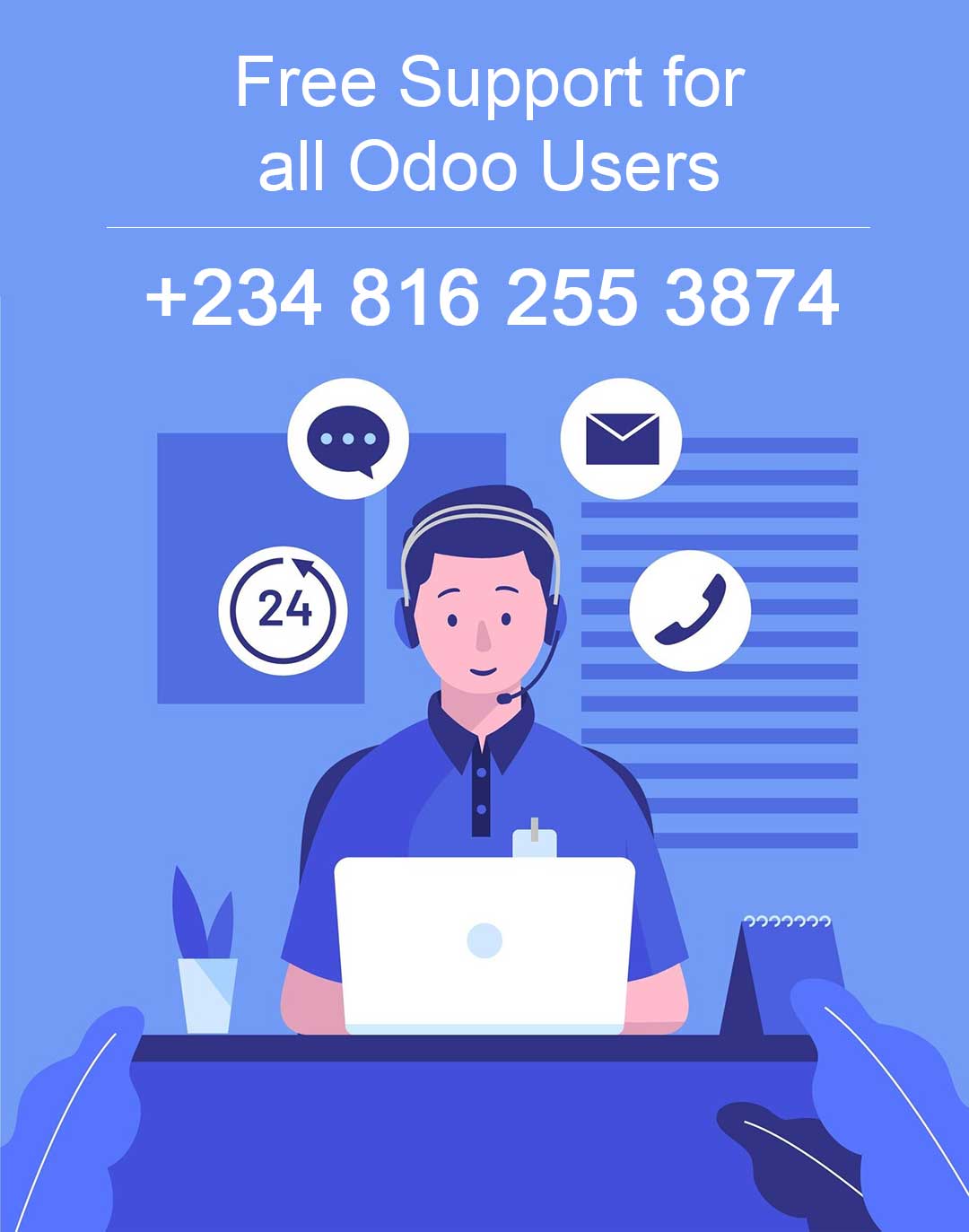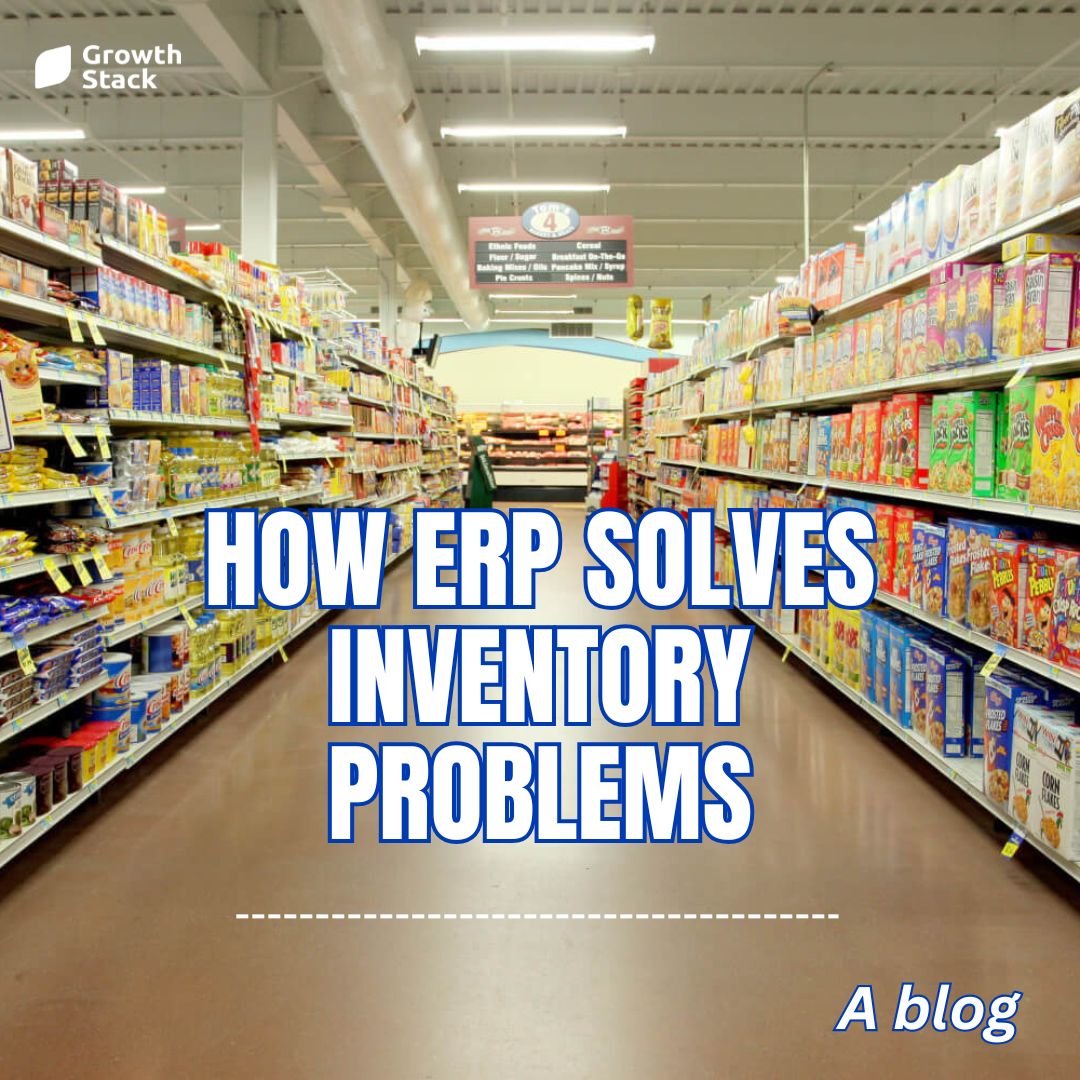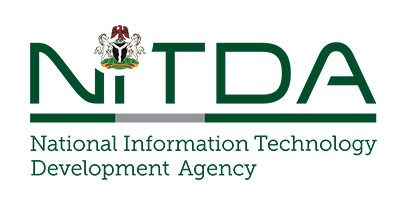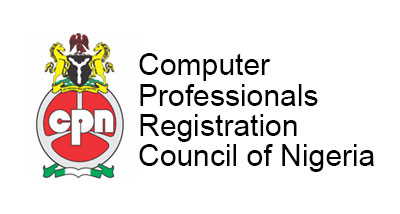In today’s complex business environment, Enterprise Resource Planning (ERP) systems have become vital tools for organizations seeking operational efficiency and improved decision-making. However, the journey to successful ERP implementation is not without challenges. Many companies have encountered stumbling blocks that led to failed projects. In this article, we explore common pitfalls and provide actionable insights to help you steer clear of these obstacles.
1. Lack of Clear Objectives:
A critical mistake often made in ERP implementation is failing to establish clear objectives from the outset. Companies must define what they aim to achieve with the new system, whether it’s streamlining processes, enhancing data visibility, or enabling growth. Without well-defined goals, the project can lose direction and fail to deliver meaningful outcomes.
Lesson: Start with a comprehensive assessment of your organization’s needs and identify specific goals that the ERP system should address. Document these objectives and use them as a guide throughout the implementation process.
2. Inadequate Change Management:
ERP implementations entail significant changes in processes, roles, and responsibilities. Neglecting change management can lead to resistance among employees, leading to project delays and reduced adoption rates.
Lesson: Develop a robust change management strategy that includes clear communication, employee training, and involvement from key stakeholders. Address concerns and provide ample support to help employees navigate the transition.
3. Overcustomization:
While customization is often necessary to align the ERP system with your business processes, excessive customization can result in complexity, higher costs, and longer implementation timelines.
Lesson: Strike a balance between customization and adopting standard best practices within the ERP system. Focus on configurations that align with your industry’s requirements and minimize complex customizations.
4. Insufficient Data Management:
Migrating data from legacy systems to the new ERP can be challenging. Data inaccuracies, incomplete records, and inadequate data mapping can hinder the system’s functionality.
Lesson: Invest time in data cleansing, validation, and mapping before migration. Establish data governance practices to ensure ongoing data accuracy and integrity.
5. Underestimating Resource Requirements:
ERP implementation demands dedicated resources, both in terms of time and expertise. Underestimating these requirements can lead to delays, budget overruns, and compromised quality.
Lesson: Conduct a thorough resource assessment before embarking on the project. Allocate sufficient time and personnel, including internal and external experts, to ensure a smooth implementation.
6. Ignoring User Experience:
A user-friendly interface and intuitive workflows are key to user adoption. Neglecting the user experience can result in resistance from employees and hinder the system’s effectiveness.
Lesson: Prioritize user experience throughout the implementation process. Involve end-users in design and testing phases to ensure the system aligns with their needs and tasks.
7. Poor Vendor Selection:
Choosing the right ERP vendor is a critical decision. Selecting a vendor without a deep understanding of your organization’s needs can lead to mismatched solutions and dissatisfaction.
Lesson: Conduct thorough due diligence when selecting an ERP vendor. Consider their industry experience, track record, and the alignment of their solution with your requirements. Work with award winning ERP implementation vendor like Growth Stack to the best result.
8. Inadequate Testing:
Rushing through testing or neglecting to include end-users in the testing phase can result in undetected issues that surface after implementation.
Lesson: Implement a comprehensive testing strategy that involves end-users and covers various scenarios. Rigorous testing helps identify and rectify issues before the system goes live.
9. Scope Creep:
As projects progress, additional requirements may emerge, leading to scope creep. This can stretch timelines and budgets, impacting the project’s overall success.
Lesson: Establish a well-defined project scope and change management process. Evaluate new requests carefully and assess their alignment with project goals before incorporating them.
10. Inadequate Post-Implementation Support:
Post-implementation support is crucial for addressing issues that may arise after the system is live. Neglecting ongoing support can lead to frustration among users and hinder system optimization.
Lesson: Develop a comprehensive post-implementation support plan that includes a dedicated team to address user concerns, provide training, and continuously optimize the system’s performance.
Conclusion:
ERP implementation is a complex endeavor that requires careful planning, collaboration, and attention to detail. By learning from the mistakes of failed projects, organizations can avoid common pitfalls and increase their chances of success. Clear objectives, effective change management, balanced customization, and a focus on user experience are just a few of the factors that contribute to a smoother implementation journey. By incorporating these lessons, organizations can harness the power of ERP systems to drive operational efficiency, enhance decision-making, and achieve their business goals.









